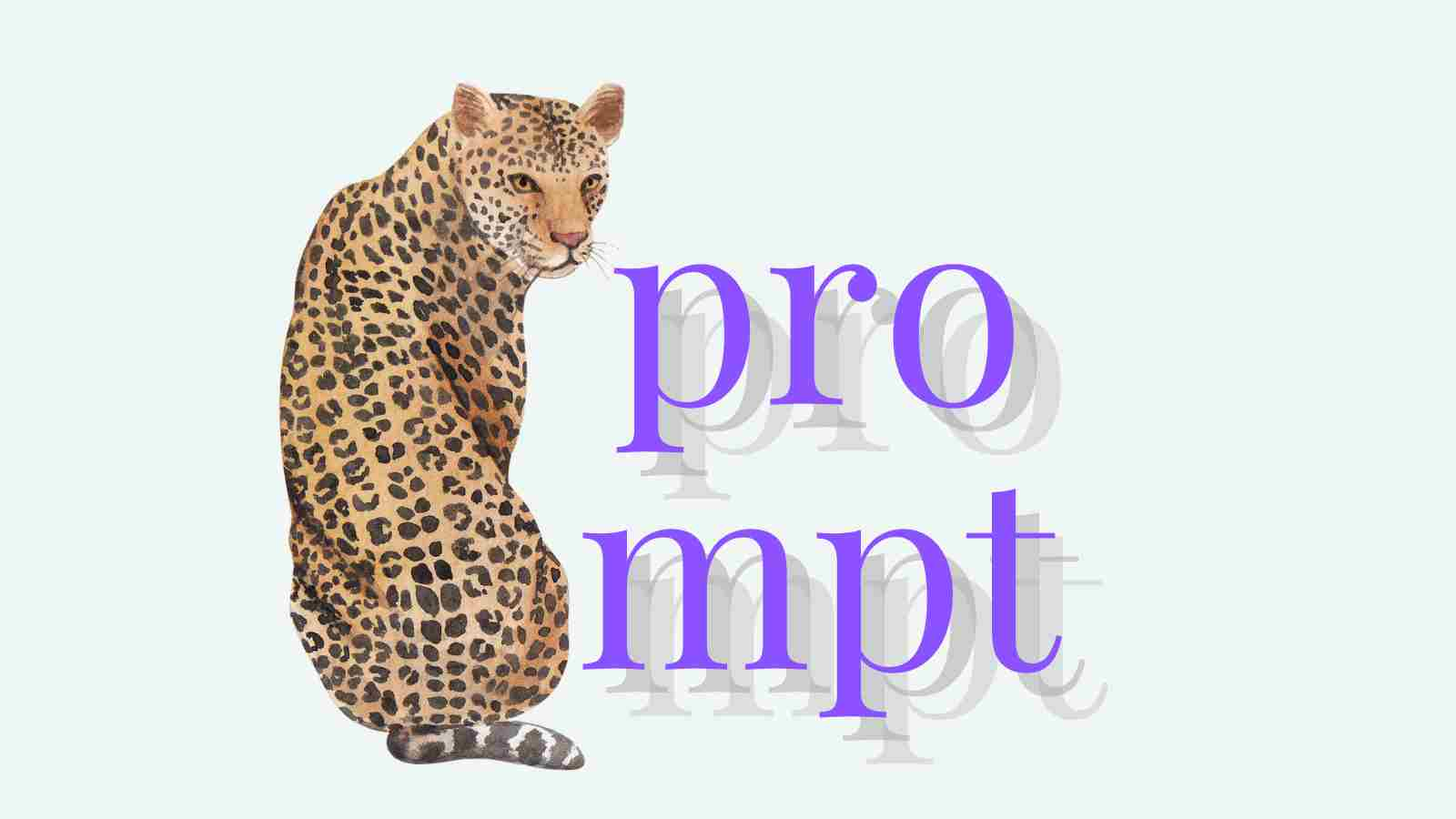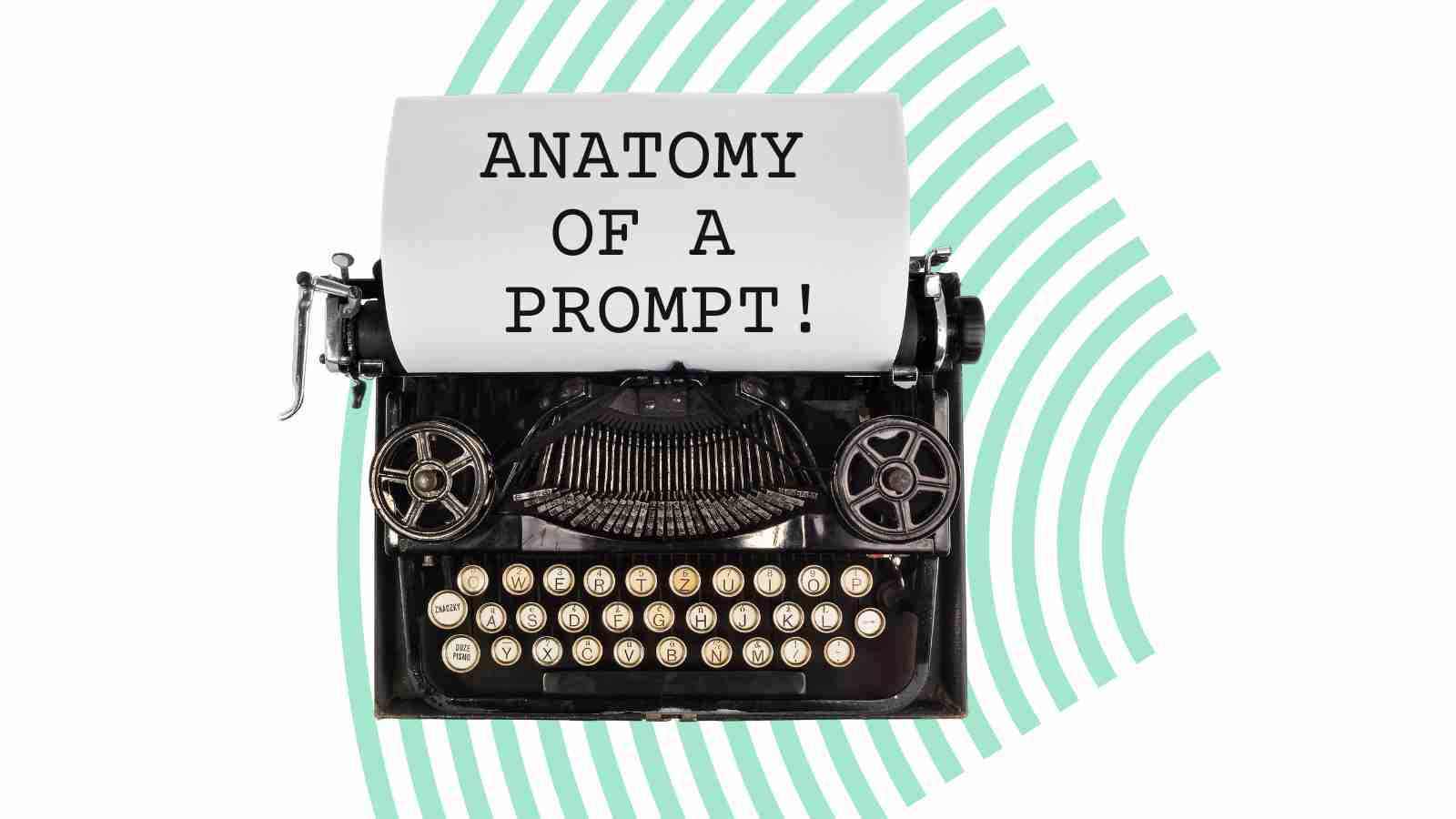Making a good prompt means thinking about important things that help people write.
What is a prompt?
A prompt is not just a gentle nudge, it’s a powerful spark that ignites a flurry of thoughts and initiates engaging conversations.
This versatile tool, used in various settings like writing, teaching, research, and interviews, not only stimulates creativity but also empowers you to express your thoughts and ideas effectively.
Crafting an effective prompt involves considering multiple critical aspects that contribute to its ability to inspire and guide responses, giving you the confidence to navigate your journey of exploration and analysis.
What is the importance of a correct prompt?
The value of having a practical and structured prompt cannot be overstated. It acts as a dependable and steadfast guide, offering security and order, ultimately making your task more manageable and your response more impactful.
Think of it as a companion that ensures you remain focused and reassured as you navigate your journey of exploration and analysis!
Consider a prompt as a meticulously organized blueprint, providing clear direction and instilling unwavering confidence in your path.
It’s not just a tool; it’s a companion that ensures you remain focused and reassured as you navigate your journey of exploration and analysis!
What makes a perfect Prompt?
A well-constructed prompt typically consists of the primary question or task, accompanied by additional details to furnish context and any essential data or specifics required by the model (inputs).
Likewise, it should include examples to demonstrate the expected results or outputs for the model.
Key Components of a Prompt
Table of Contents
1. Opening Statement
The opening statement is crucial as it sets the context and lays out the prompt’s goal. It often includes the main topic or task that needs to be addressed.
Example
- Describe the significance of sustainable energy solutions in combating climate change.”
- “Analyze the impact of social media on modern communication and interpersonal relationships.”
- “Explain the role of artificial intelligence in transforming the healthcare industry.”
- “Discuss the economic and social effects of globalization on developing countries.”
- “Evaluate the significance of biodiversity conservation in maintaining ecological balance.”
- “Investigate the historical and cultural influences that shaped the Renaissance period in Europe.”
2. Background Information
This section provides any necessary background or context for the responder to fully understand the prompt. It helps to frame the discussion and can include definitions, historical context, or relevant facts.
This is important as it ensures the responder has all the information they need to provide a well-informed response. It also helps to set the stage for your analysis and ensures you comprehensively understand the topic.
3. Specific Instructions or Questions:
This section plays a crucial role in a prompt as it clearly outlines what the responder expects. It can be in the form of specific questions, instructions for analysis, or guidelines for what the response should include.
This clarity is important as it guides the responder on what they must focus on in their response.
It helps to structure your response and ensure you address all the key points of the prompt, making you feel informed and prepared.
Example:
- “Analyze the impact of social media on modern communication. Discuss positive and negative effects, providing real-world examples to support your arguments. Additionally, explore potential solutions to mitigate the negative impacts of social media on interpersonal relationships.”
- “Discuss the economic and social effects of globalization on developing countries. Provide examples of at least three developing countries to illustrate your points. Assess both the positive outcomes, such as economic growth and job creation and the negative consequences, such as income inequality and cultural erosion.”
- “Evaluate the significance of biodiversity conservation in maintaining ecological balance. Highlight three strategies used to conserve biodiversity: protected areas, habitat restoration, and legislation. Discuss the effectiveness of these strategies and any challenges they face.”
- “Investigate the historical and cultural influences that shaped the European Renaissance period. Identify and explain three key influences, such as the rediscovery of classical texts, the patronage system, and the rise of humanism. Provide examples of how these influences manifested in the time’s art, literature, and philosophy.”
4. Scope and Limitations:
This section defines the boundaries of the response. It helps ensure the response is concise and relevant.
For instance, you could set a word limit to specify the aspects to focus on or elements to avoid. This is important as it allows the responder to understand the scope of the reaction and what they should and should not include.
Setting clear expectations and ensuring the response is manageable and focused is also great.
Example:
- “Your response should be between 500-700 words and focus primarily on recent advancements in sustainable energy technologies. Avoid discussing fossil fuels or non-renewable energy sources.”
- “Your response should be between 800-1000 words and concentrate on the psychological effects of social media on teenagers. Avoid discussing social media’s impact on adults or young children, and do not include data older than five years.”
- “Limit your response to 600-800 words, focusing on the implementation and impact of AI in diagnostic imaging. Refrain from discussing AI applications outside the healthcare industry or those not directly related to diagnostic processes.”
- “Your analysis should be 700-900 words and concentrate on globalization’s economic effects in Sub-Saharan Africa. Avoid discussing regions outside of Sub-Saharan Africa and do not include social or cultural impacts.”
- “Write a response of 500-700 words discussing the effectiveness of current biodiversity conservation strategies in tropical rainforests. Do not cover conservation efforts in other ecosystems, such as marine or arid environments.”
- “Your investigation should be between 800-1000 words, focusing on the influence of humanism on Renaissance art and literature. Avoid discussing scientific advancements of the Renaissance or influences from periods outside the Renaissance.”
5. Formatting and Submission Guidelines:
This section provides instructions on formatting and submitting the response. This ensures consistency and clarity in how responses are presented and reviewed.
Ensuring that all reactions are presented uniformly is essential, making it easier for the reviewer to assess them.
Example
- “Format your response in APA style, including citations and references. Submit your document as a PDF through the online portal by the specified deadline.”
- “Your paper should follow Chicago style formatting, with footnotes for citations and a bibliography at the end. Save your work as a PDF and upload it to the class Dropbox folder by the end of the day on the deadline.”
- “Ensure your response is formatted in Harvard, with in-text citations and a reference list. Submit your document as a Google Doc, and share the link with the TA by the end of the specified date.”
- “Format your essay in IEEE style, including all necessary citations and references. Submit your document as a LaTeX-generated PDF file through the university’s assignment submission system before the deadline.”
- “Your report should be formatted in Turabian style, with appropriate citations and a bibliography. Convert your document to a PDF and submit it via the course management system by the due date specified in the syllabus.”
6. Evaluation Criteria
Outline how the response will be evaluated. This can include criteria such as accuracy, analysis depth, argument clarity, and adherence to guidelines. It helps responders understand what is important and how to prioritize their efforts.
Example:
- “Responses will be evaluated based on the accuracy and relevance of information, the depth of analysis, clarity and coherence of the argument, and proper use of APA formatting.”
- “Responses will be assessed on the clarity and originality of ideas, the effectiveness of supporting evidence, the organization and flow of the narrative, and correct use of Chicago style formatting.”
- “Papers will be graded based on the accuracy of content, the critical engagement with sources, the coherence of the argument, and the proper application of Harvard referencing style.”
- “Essays will be judged on the information’s precision, the analysis’s depth and rigour, the presentation’s clarity, and compliance with IEEE formatting standards.”
- “Reports will be evaluated on the relevancy and reliability of the data presented, the analytical depth, the persuasiveness of conclusions, and the correct use of Turabian citation and bibliography.”
Structuring a prompt with these components ensures it is clear, comprehensive, and highly effective in guiding the responder in producing a well-organized and focused response. This clarity and effectiveness can provide a sense of reassurance and focus, enhancing the quality of your work.
These changes help the audience understand the purpose and components of a prompt framework to create effective and well-organized responses.
Read more articles exploring the dynamic interplay between design, user experience, artificial intelligence, and technology here.




Leave a Reply